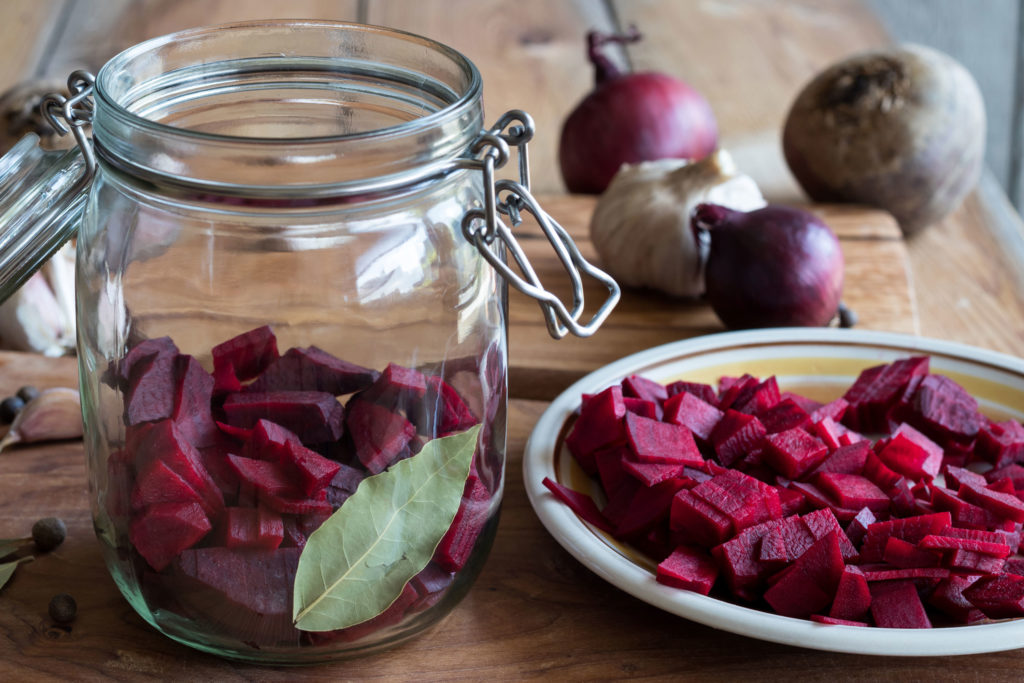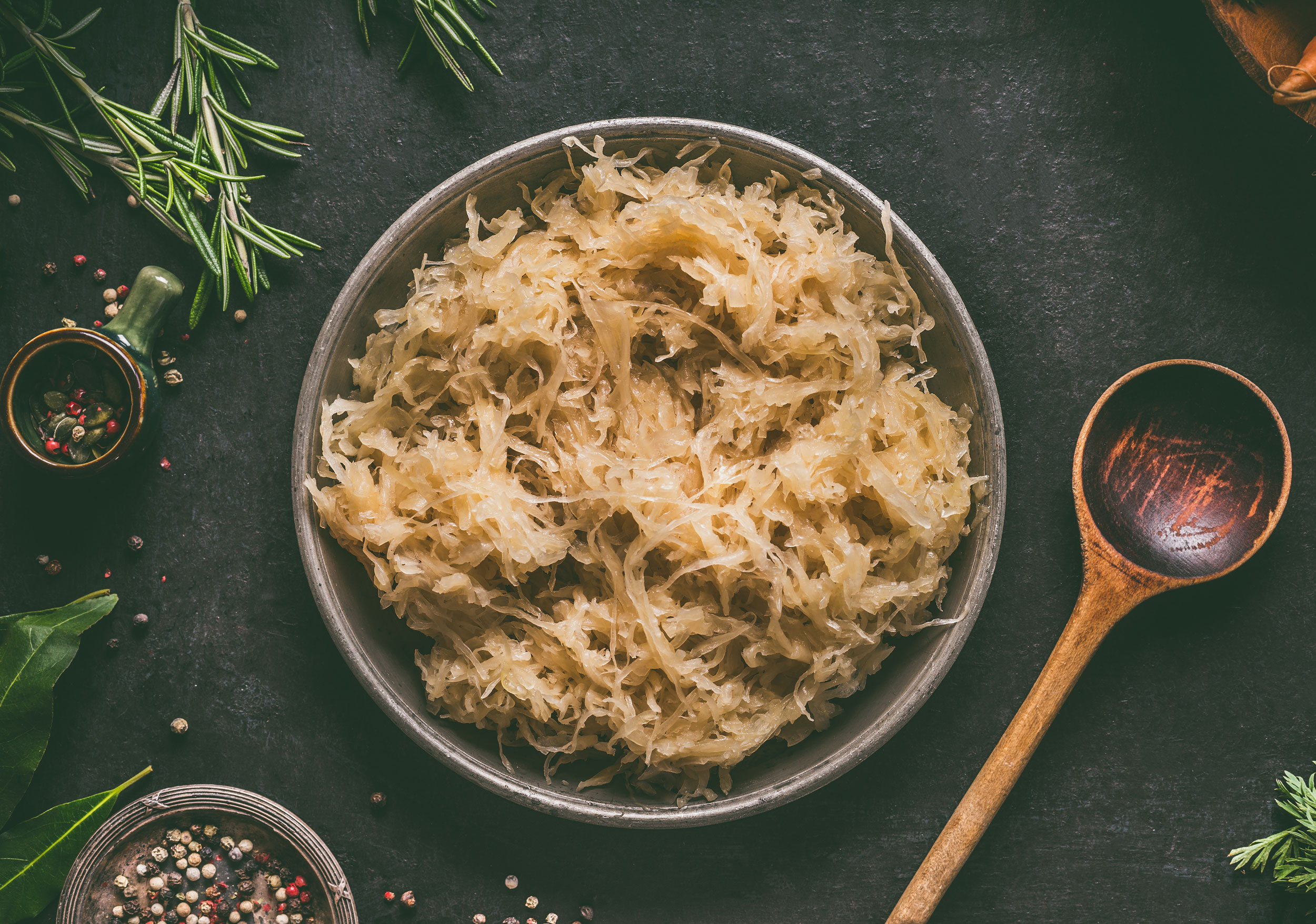Healing Recipes

Beet Kvass
Fermented beverages and foods are a very important part of GAPS protocol. Not only do they provide the body with good bacteria, but they also increase your stomach acid making the digestion of meats easier.
Beet kvass is a fermented beverage, a liver tonic, and a blood cleanser, and the best part of that is that it’s easy to make!
Ingredients for 2 Quarts of Beet Kvass
1 medium organic beet, sliced fine
1 tablespoon of sea salt (2 tablespoons if you don’t use whey)
5 cloves of garlic, peeled and cut in half
1 teaspoon of grated ginger
Filtered water
Whey (optional)
Directions
Place all the ingredients in a glass jar.
Fill a jar with water to the shoulder, leaving about 2 inches between the liquid and the lid. Cap tightly.
Leave on the counter at room temperature for 2-5 days and then store in the refrigerator.
When you first start drinking beet kvass, it is important to start to increase your amount little by little and have it diluted in water. The reason for this is that drinking too much at once can provoke a detoxification reaction.

Sauerkraut
Sauerkraut is a fermented cabbage, purple or green, commonly consumed in eastern Europe, Germany, and Russia. It is a delicious remedy to heal the digestive tract full of probiotic bacteria, minerals, vitamins, and digestive enzymes. It also stimulates stomach acid production which aids the digestion of proteins. Sauerkraut has almost 20 times more bio-available vitamin C in it than the same amount in fresh cabbage.
Fermenting with salt alone is the original, centuries-old recipe. Salt plays an important role in creating the conditions for lactobacilli to grow.
Ingredients
1 medium cabbage
1 tablespoon of sea salt (2 tablespoons if you don’t use whey)
4 tablespoons of whey (optional)
Filtered water
Directions
Shred cabbage very fine (You could retain a leaf of the cabbage to cover the sauerkraut)
Add all the ingredients to a bowl.
Knead the mixture well with your clean hands for around 10 minutes until a lot of juice comes out. You can add a little water.
Pack the mixture and all the liquid in a wide-mouth quart jar, leaving 1-2 inches of space from the top. Make sure the cabbage is submerged in the liquid, you can
use a leaf to keep the cabbage submerged. The liquid should always cover the ingredient you are fermenting. Fermentation is an anaerobic process: if it is exposed to air, it will rot instead of fermenting.
Cap with lid and seal tightly and leave it on the counter at room temperature a minimum of 5-7 days. Once is ready, you can place it inside your refrigerator or in cold storage — about 40ºF.

Chicken Stock
6 Servings
Homemade chicken stock is extremely nourishing. The gelatin and amino acids in the stock heal the gut lining. It is full of minerals, vitamins, and nutrients that
our bodies need in a very bio-available form. It is recommended to use it as a base for all your homemade soups, gravies, and stews or simply, drink it as it is with meals or between meals.
Ingredients
Whole pastured chicken
1-2 tablespoons of sea salt (I prefer Celtic Sea Salt)
Handful black crushed peppercorns
Filtered water
Directions
Put a whole chicken into a large pot, fill it with water, add salt and peppercorns, and heat it up to the boiling point. Skim and discard the scum.
Keep it at a low simmer for 2-3 hours.
Take the chicken out and strain the stock. Keep in the refrigerator and freeze the rest. The chicken cooked this way is delicious and you can use it in multiple ways, add it to vegetables or to soups.
